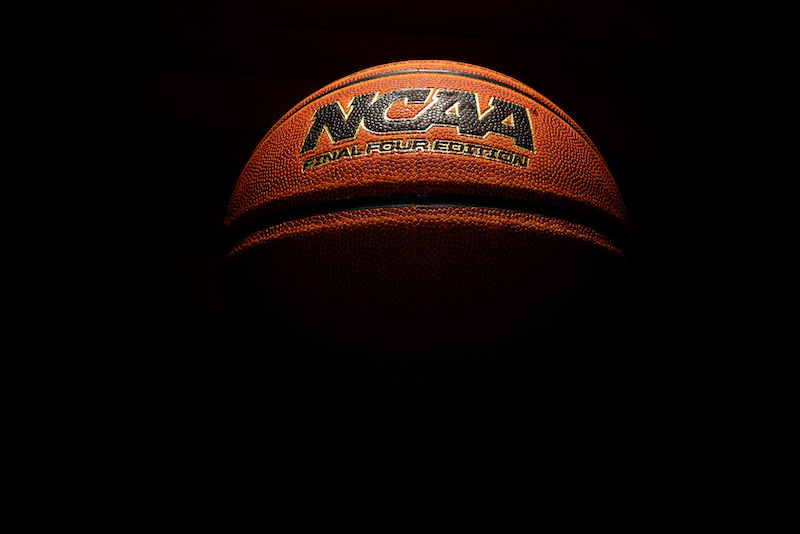On November 21, 2022, New York’s governor signed the New York Collegiate Athletic Participation Compensation Act into law, allowing New York college athletes to receive compensation for their name, image, and likeness (“NIL”) without losing their scholarships or eligibility. It also allows these players to use an agent to negotiate business deals.
The law takes effect immediately and adds to a growing patchwork of protections for college athletes who want to profit from their NIL. This patchwork, however, spells uneven treatment of and more confusion for college athletes until federal legislation levels the playing field.
What the New York Law Provides
New York’s new law prohibits colleges, athletic associations, and intercollegiate athletic groups like the NCAA from preventing student-athletes from earning compensation for the use of their NIL. These organizations are also prohibited from providing prospective student-athletes with compensation in relation to their NIL.
Under the law, student-athletes may hire professional representation, including agents or attorneys, to negotiate NIL contracts or legal matters, but student-athletes are limited in the types of contracts they can enter. Specifically, a student-athlete cannot enter into a contract providing compensation for use of their NIL if the proposed contract would:
- Violate the team contract;
- Violate the college’s student handbook or code of conduct;
- Conflict with an existing contract or sponsorship the college participates in;
- Reasonably be judged to cause financial loss or reputational damage to the college;
- Require actions by the student-athlete during team activities;
- Require actions by the student-athlete during scheduled classes;
- Use the college’s name, brand, or other intellectual property or indicia;
- Require the student-athlete to display a sponsor’s branding during official team activities; or
- Require the student-athlete to display a sponsor’s branding and such sponsor is a competitor of or offers products or services within the same category as a sponsor of the college.
Before executing an NIL compensation contract, a student-athlete must disclose the contract to an official of the college designated by the college. That official must then disclose to the college athlete or the athlete’s legal representation what contractual provisions conflict with an existing contract or other policy.
A Patchwork of Student-Athletes’ NIL Protections
There is currently no federal legislation specific to college athletes’ NIL protections, so any such protections have been relegated to states. As a result, the NCAA has clamored for a uniform federal approach to NIL legislation to alleviate such concerns as the variance across states regarding this legislation results in an uneven playing field, causing student-athletes to potentially choose to play for a school in a state that has the most advantageous NIL legislation. Several new bills have been introduced to Congress that attempt to address these issues, but there is no concrete timeline as to when the federal framework will come into play. Until then, the NCAA’s interim approach has been to defer NIL rights enforcement to the individual states, and to the individual university school policies as permitted by each state legislature.
In addition, the NCAA has taken steps of its own. On June 30, 2021, the NCAA’s Division 1 Board of Directors approved an NIL policy for NCAA student-athletes. This new policy allows all NCAA Division 1, Division 2, and Division 3 student-athletes to be compensated for their NIL as of July 1, 2021, regardless of whether their state has an NIL law in place or not. The NCAA issued further guidance on October 26, 2022, clarifying what schools can and cannot do when it comes to NIL in college athletics.


